Published: 1.2.23
Updated: 26.7.24
Worrying about the safety of your child while teaching them how to ride a motorbike is completely understandable.
Therefore, this article was written with parents in mind and outlines tips on selecting the correct bike and protective gear, as well as imparting knowledge on proper riding techniques for children aged four through twelve. 
By following these instructions, you can ensure that your kid will hit the pavement feeling confident and prepared!
Why Teaching Them Motorbike Safety is Important
Parents and guardians need to ensure their kids are well-equipped and taught the basics of motorbike riding with safety in mind.
Motorbike riding can be a fun and exciting experience, but if the proper preparations are not taken, it could be dangerous.
Teaching children from an early age correct safety methods will help them become aware of the potential risks associated with motorbikes and how to avoid them.
At the same time, finding an appropriate bike and protective gear for your child is also essential for their safe riding experience.
The bike should be suitable for their age, size, and weight as well as comfortable enough to handle. It is also important to make sure the helmet fits correctly so that it provides maximum protection during falls or collisions.
By taking these precautions, you can help make motorbike riding safer and more enjoyable.
Furthermore, it’s also beneficial to pair this equipment with teaching your child basic skills such as mounting and dismounting a bike safely through supervised practice sessions in open spaces such as parks or fields before stepping out onto public roads or trails.
Related: Are Motorcycles Automatic Or Manual?
Getting Started – What You Need
When it comes to teaching a child how to ride a motorbike safely, the first step is choosing the right bike and protective gear that fit their age and size.
Depending on the age of the child, there are different types of motorbikes available such as electric, petrol, 12v to 48V and 50cc to 300cc.
When finding the right bike for your kid, it's important to consider factors such as weight capacity and engine size. You should also think about how comfortable your child is with handling the bike before deciding on a model.
Additionally, selecting an appropriate helmet for your child’s head size is also critical when ensuring their safety while riding. It’s important to test several helmets until you find one that fits correctly so they can be fully protected while out on their bike.
It might also be wise to invest in some extra protective gear like knee pads, elbow pads, gloves, and boots which can provide additional safety measures if needed.
To help with finding the right equipment for them, you could consult with a local store or mechanic who will be able to guide you in the direction of suitable items for your kid’s needs.
Related: LEGAL AGE for 50cc Dirt Bikes
Teaching Your Child to Ride a Motorbike Safely
Teaching your child to ride a motorbike safely is not something that should be taken lightly.
Here are some tips on how to get started:
Start with the basics
First steps of introducing them to the bike- Start by teaching them the basics of operating a motorbike and ensure they understand the different parts of the bike and how it works, as well as its speed capabilities.
Mounting and dismounting
Getting comfortable on the bike, including mounting and dismounting – Once your child feels comfortable with their understanding of the bike, help them build confidence by practising mounting and dismounting in an enclosed, safe area with supervision from adults.
Starting and stopping safely
Tips for starting and stopping safely – Make sure your child becomes familiar with good starting practices like slowly increasing speed rather than popping the clutch or revving too quickly. Stopping methods such as braking or free-wheeling can also assist in keeping your child safe while riding.
Demonstrating good turning techniques and cornering methods
Explain why it’s important to lean into corners when turning which will help make turns more controlled and improve overall stability while riding.
Also, discuss straightening their arms when handling corners which will maintain balance even at higher speeds.
Practising emergency braking safely in open spaces
Ensure that you prepare to practise spaces before taking out your child where they can practice emergency stops without putting themselves at risk of a collision or skid-outs.
Teach them how to control locking up their brakes while still providing enough force needed to stop quickly so they can react correctly in an emergency situation.
Beginner Tips for Kids Learning to Ride Motorbikes
Safety on the Road – When They’re Ready for Riding Outdoors
Safety on the Road – When They're Ready for Riding Outdoors
Riding a bike is an exciting activity for kids, and they often feel ready to go out on their own as soon as they've gotten the hang of it. However, there are important safety considerations to keep in mind before allowing your child to ride outdoors alone.
Guidelines for Ensuring Your Child's Safety While Riding Outdoors:
- Supervise initial rides
- Provide proper safety gear
- Teach basic traffic regulations
- Be available during outdoor rides
- Check in regularly about their experiences
Detailed Safety Checklist for Parents:
-
- Properly fitted helmet
- Gloves
- Elbow and knee pads
- Reflective clothing for visibility
-
- Stopping at signs and signals
- Using hand signals for turns
- Following traffic flow
-
- Ask about feelings of safety in different environments
- Address any concerns or potential issues promptly
Additional Safety Tips:
- Start with short, supervised rides in safe areas
- Gradually increase ride duration and complexity
- Reinforce importance of staying alert and following rules
- Encourage riding with friends or in groups when appropriate
- Regularly inspect and maintain the bicycle
By following these guidelines and using the checklist, parents can help ensure their child's safety while fostering independence and enjoyment of outdoor cycling.
Common Mistakes to Avoid
Overlooking Protective Gear
One of the most critical errors is underestimating the importance of proper safety equipment. Many parents and instructors make the mistake of:
- Allowing children to ride without a properly fitted helmet
- Neglecting other essential gear such as gloves, boots, and protective clothing
- Failing to emphasise the importance of wearing safety gear consistently
Proper protective gear is crucial in reducing the severity of injuries in case of accidents and should never be overlooked.
Skipping Safety Training
Another common mistake is not providing adequate safety training. This can include:
- Failing to enroll children in structured motorcycle safety courses
- Not teaching basic traffic rules and road safety
- Overlooking the importance of environmental awareness training
Proper training is essential for developing safe riding habits and skills. Specialised programs like the Motorcycle Safety Foundation's DirtBike School can provide structured learning experiences.
Allowing Unsupervised Rides Too Early
Permitting children to ride unsupervised before they're ready is a dangerous mistake. Common errors include:
- Lack of continuous adult supervision during the learning process
- Allowing children to ride in unsafe environments or on public roads prematurely
- Failing to set clear boundaries and rules for where and when children can ride
It's crucial to maintain strict supervision, especially for younger riders, and gradually increase independence as skills and maturity develop.
Additional Mistakes to Avoid:
- Choosing an inappropriately sized or powered bike for the child's age and skill level
- Rushing through fundamental skills without ensuring mastery
- Neglecting regular maintenance checks on the motorcycle
- Failing to teach children about the risks of riding under the influence of alcohol or drugs
By avoiding these common mistakes and prioritising safety, proper training, and supervision, parents and instructors can help ensure a safer and more enjoyable motorbike riding experience for children.
Related: Motorcycle Safety: A Beginner's Guide
In Summary
Riding a motorbike is a fun and exciting activity for children, but there are several important safety considerations to keep in mind when teaching them how to ride.
Parents and guardians should familiarise their child with the basics of operating a motorbike, including mounting/dismounting from the bike, starting/stopping safely, and understanding good turning and cornering techniques.
When ready, they should be equipped with the right safety gear and coached on basic traffic regulations before being allowed to ride outdoors.
With the right guidance, your child can learn how to ride safely and enjoy a lifetime of fun motorbike experiences!


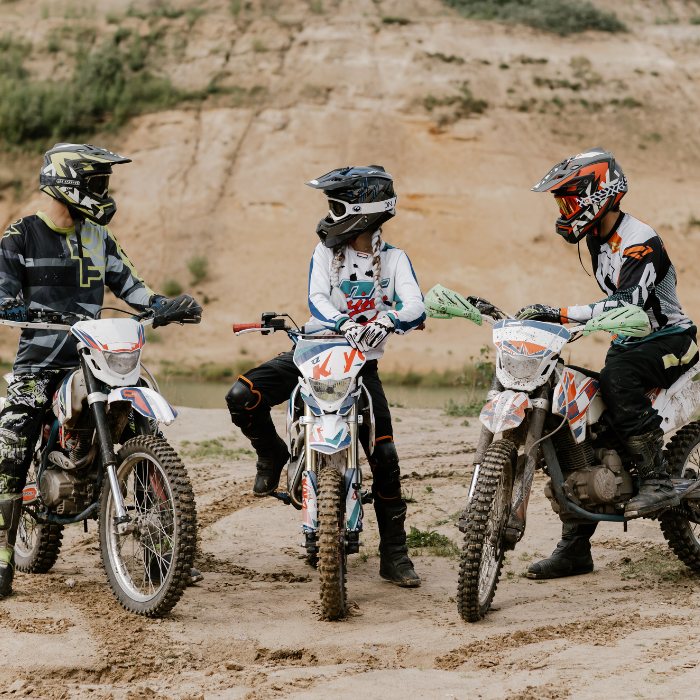
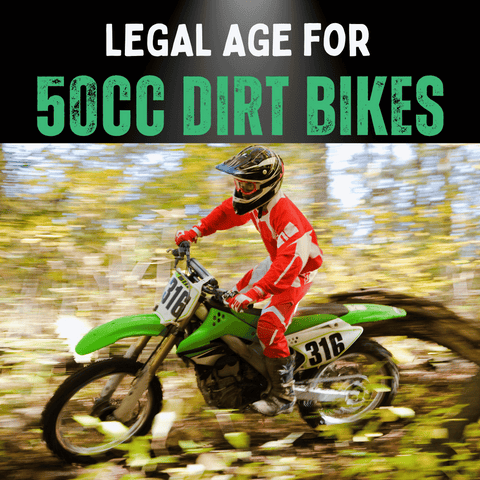
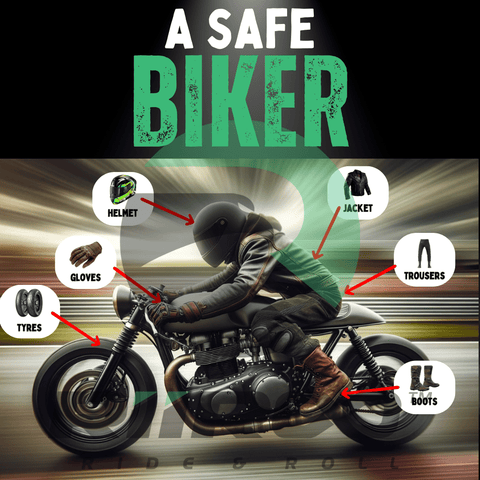
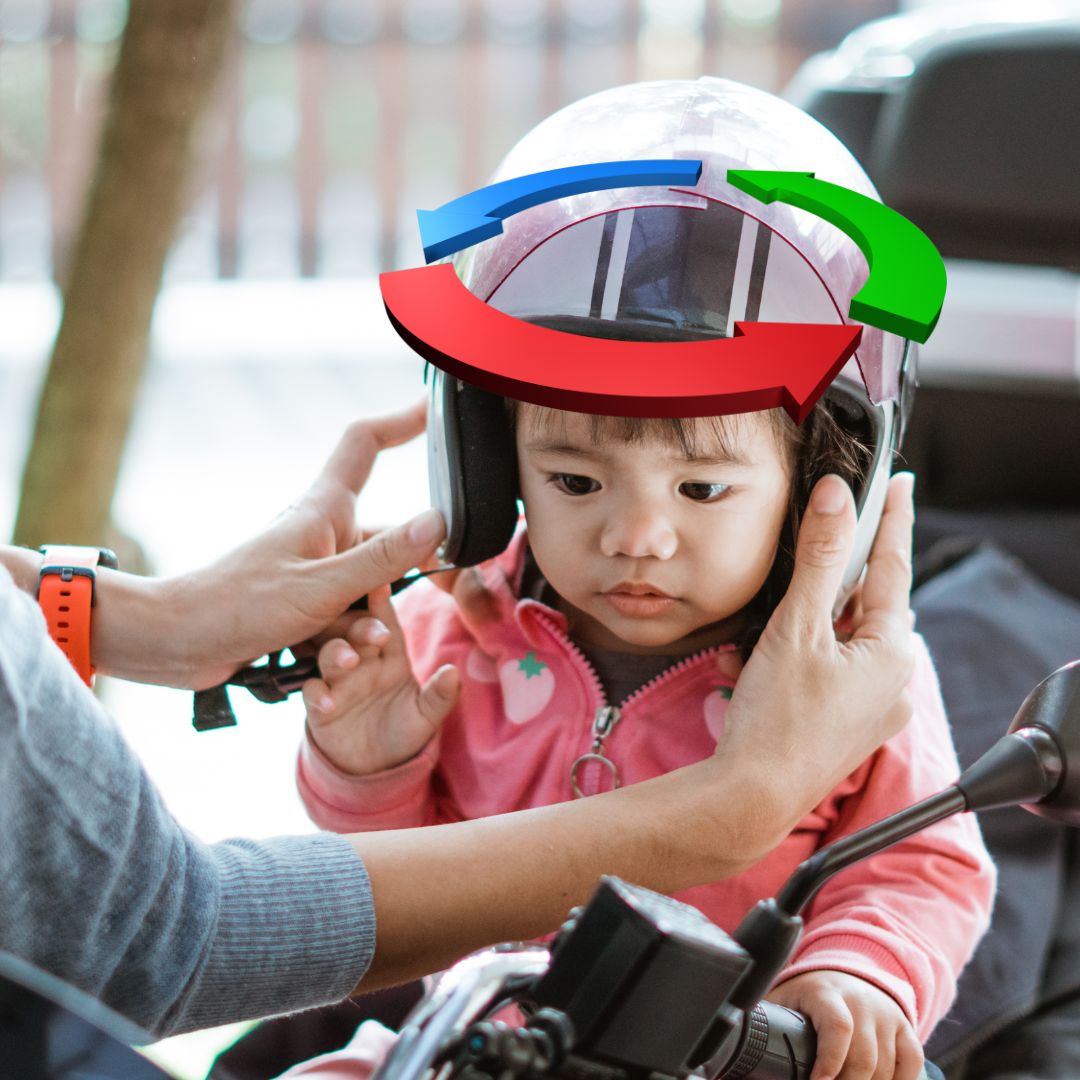
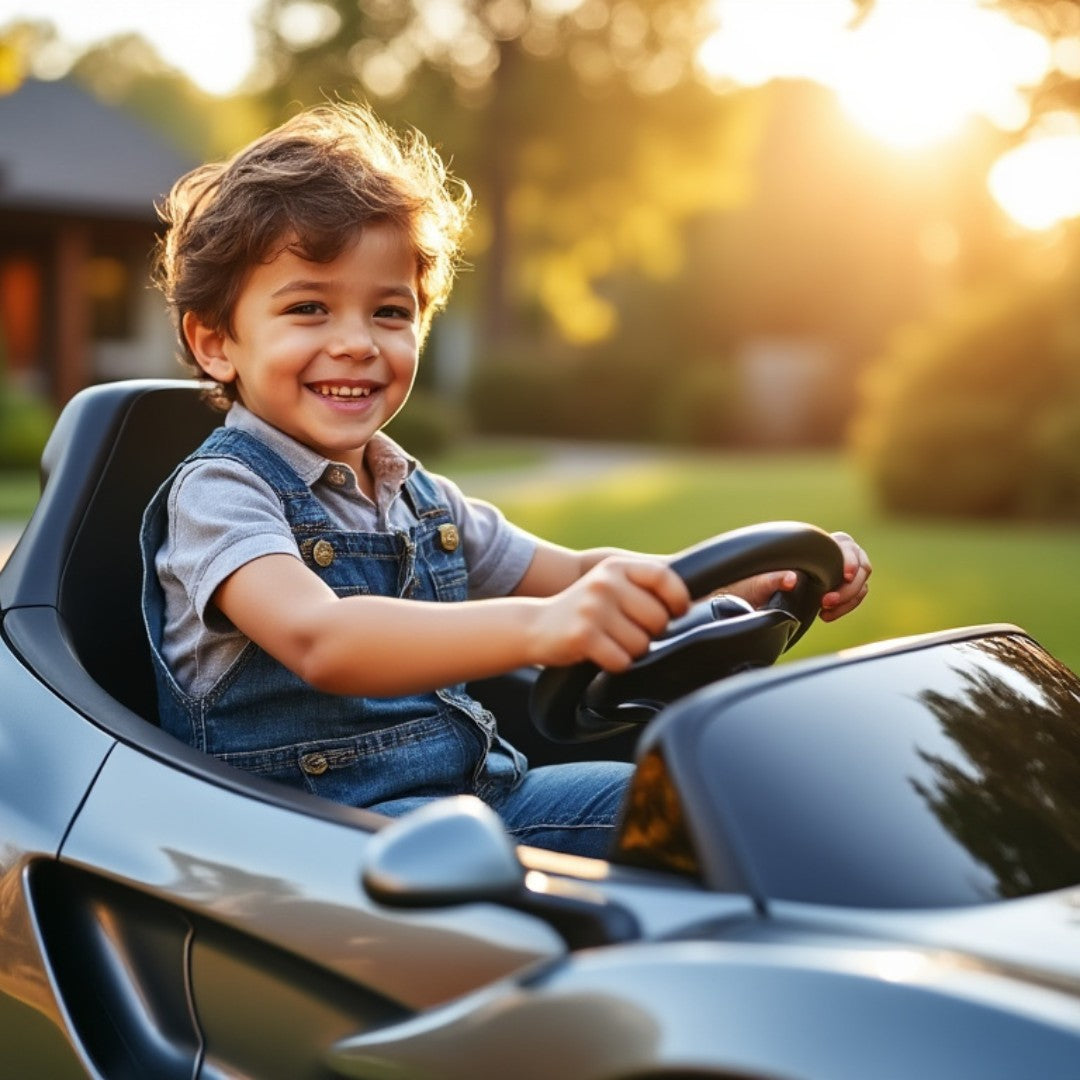
Share:
The Benefits of Off-Roading for Children and How to Get Started
Electric Quad Bike Maintenance: How To Keep Your Ride Running Smoothly